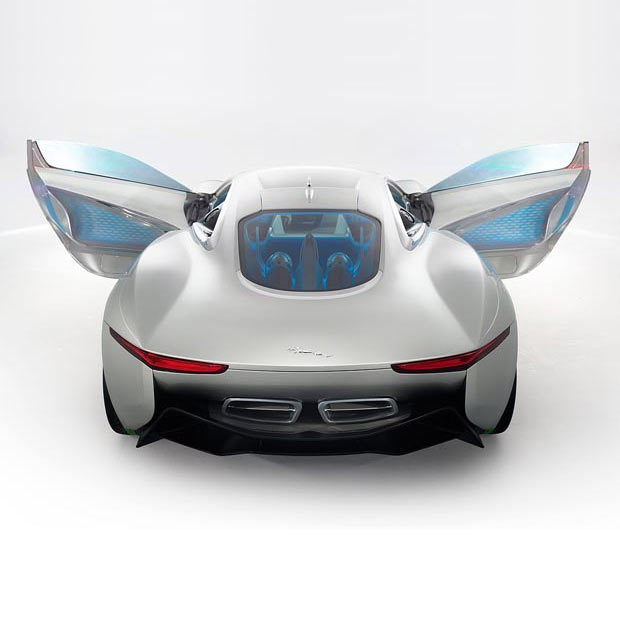Jaguar XJ
A classic luxury car meets aerospace tech and recycled aluminum construction

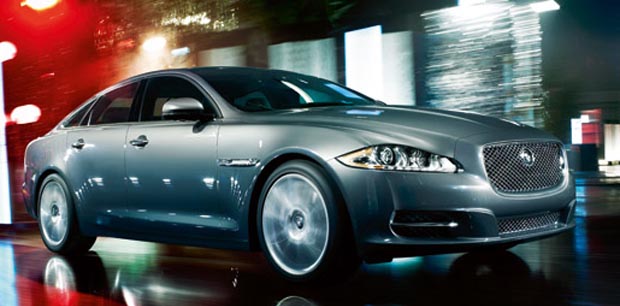
With an eye toward sustainability, Jaguar is making a distinct effort to refresh its old English image with the introduction of the 2011 XJ, the luxury carmaker’s flagship model. Constructed from 50 percent recycled aluminum, the XJ is something of a lightweight compared to previous iterations. Its riveted and glue-bonded unibody—derived from aerospace technology—makes for a lighter weight skin than steel without compromising safety, increasing the vehicle’s efficiency tenfold. The use of aluminum saves six tons of carbon per vehicle over its lifetime.
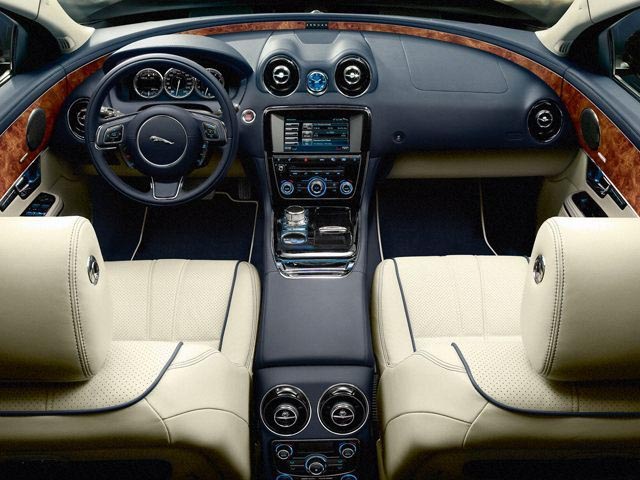
In the future, Jaguar aims to increase the ratio of recycled aluminum to 75 percent. The greener engineering is in line with the XJ’s heritage of performance. The lighter weight—as much as 700 pounds less than similar luxury vehicles—means more speed, equating to 464 hp and 424 pound-feet of torque in the supercharged version that can reach 60 mph in 4.9 seconds. The naturally aspirated engine produces a fine, fast 385 hp. Fuel economy also gets a boost, bringing it up to 23 mpg on the highway. And the interior features sustainably harvested wood veneer (available in nine grains) or carbon fiber.
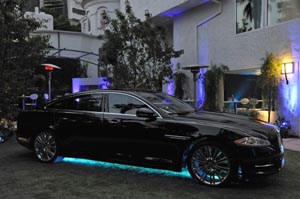
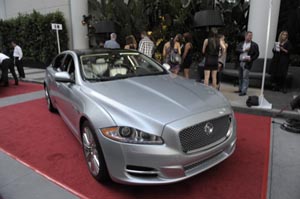
While the 2011 XJ has been turning heads in Los Angeles for a three-month long City Takeover, the company also engaged in an effort to understand the waste that each vehicle spawns. Jaguar is participating in a comprehensive study that measures the environmental impact of the XJ, including customer use, disposal and recycling. The study is conducted by the U.K. Department of Transport’s Vehicle Certification Agency and will be used as a way for Jaguar to approach further environmental changes.
Starting at $72,500, the new XJ series will be available this fall.


